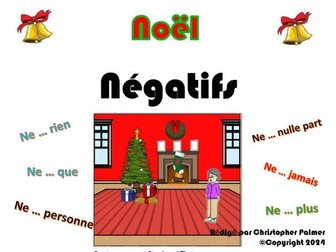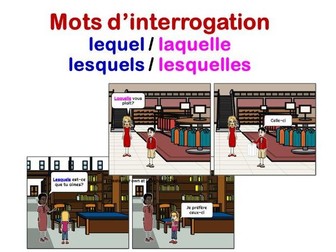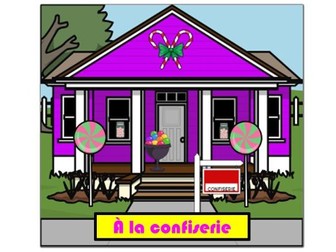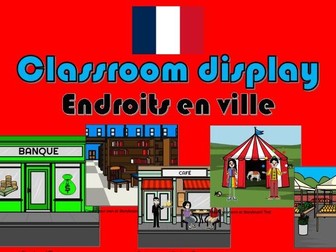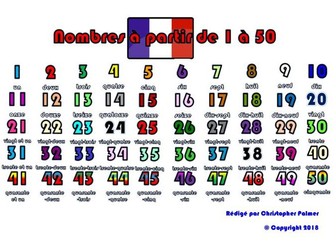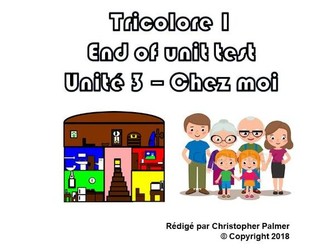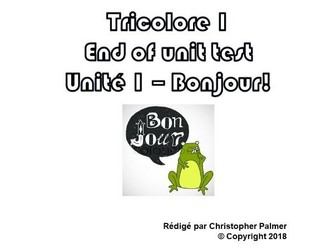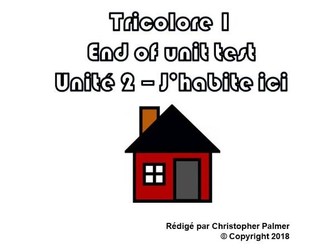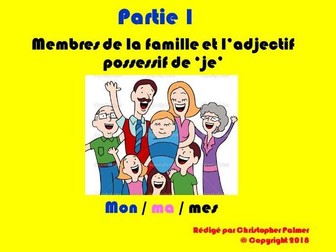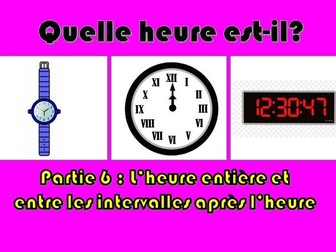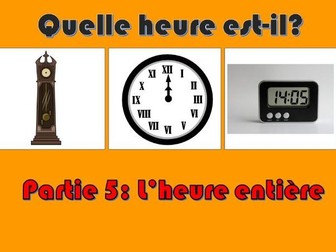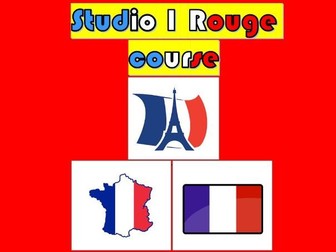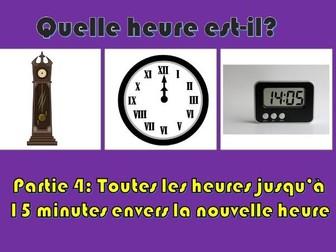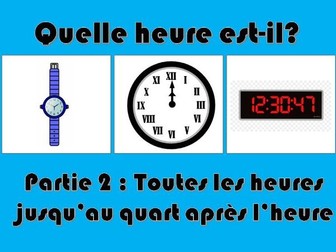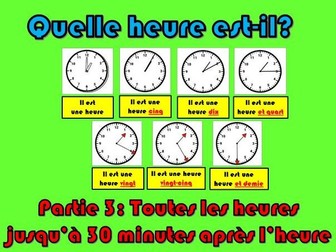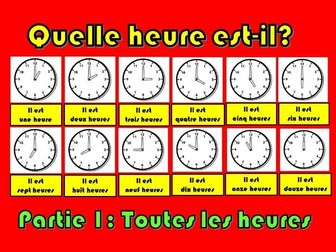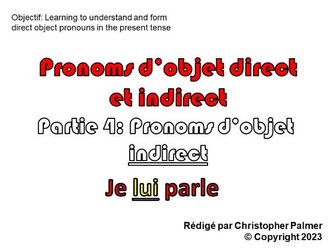
French Christmas: Negatives (Key Stage 4)
Joyeux Noël!
This resources exclusively explores negatives primarily used in the perfect tense and some examples in the present tense. It is also Christmas themed.
As a starter / warm-up activity, ‘ne … pas’ is revised and this is introduced at Key Stage 3 level.
Next, get the students to read the cartoon examples and then get them to answer the questions which follow.
There is a subsequent quiz which follows and then differentiated follow-up activities. The answers are also provided on the subsequent slides.
For the bigger picture, get the students to write down responses to the cues in the conversation and then they can convert the conversation into a comic strip in which they can add some more detail to the conversation by more questions being asked to which the responses require a negative.
There is also a wordsearch that the students can do as a plenary or as an extra activity and there are also colourful visual aids contained with this resource. Feel free to put them up in the classroom as you teach the topic!
Happy teaching and learning!
